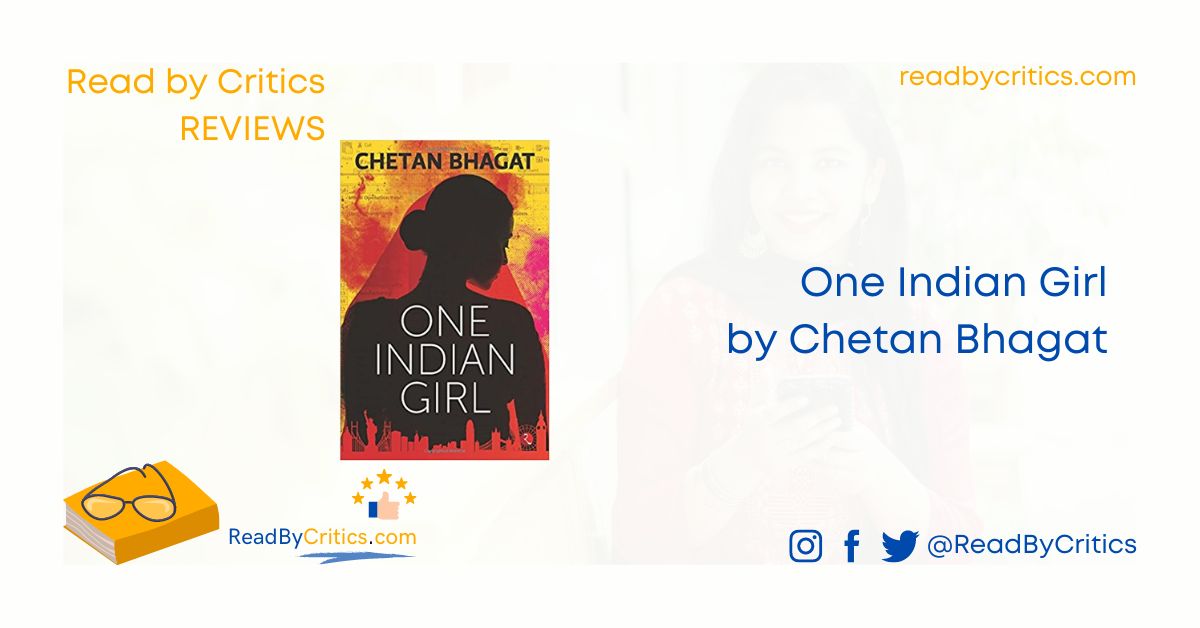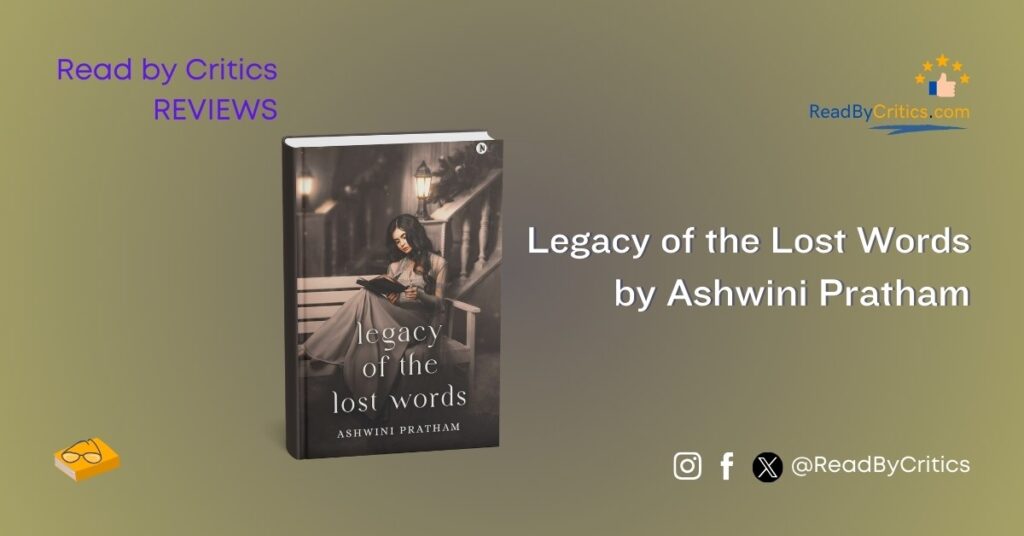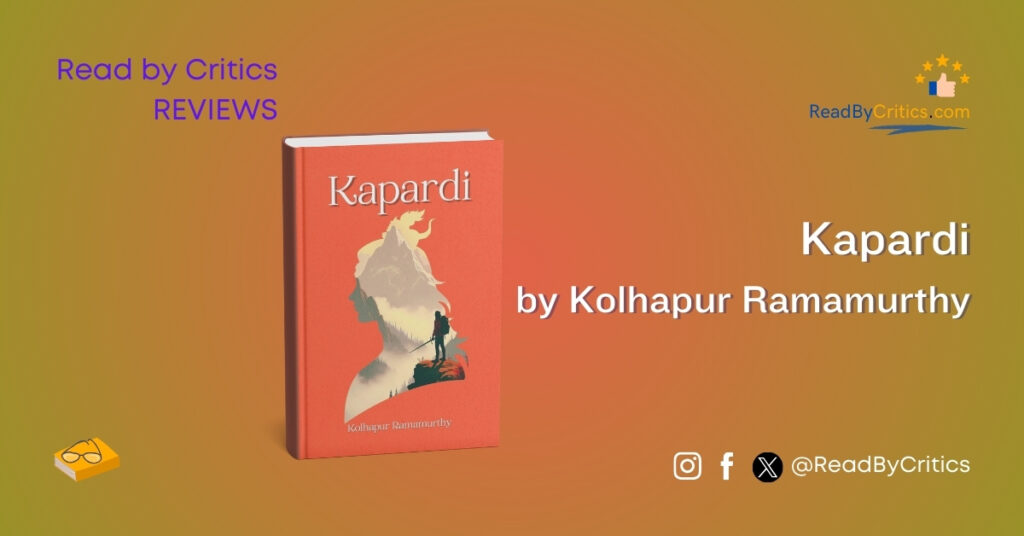It is beyond the nests of doubt that Chetan Bhagat is one of the most popular authors in India today. Even if one claims that he is the most popular author in contemporary India, that might not be an incorrect assessment on many grounds. However, a bigger and more sensible question that arises is whether popularity is directly proportional to the respect that an author commands in the literary community. What do you think? Another question to extend this debate might be whether writing craft and an understanding of literature are taken for granted if the author of concern is widely popular. These questions often arise because in the case of Chetan Bhagat, the literary community is apparently divided into two sections – one for and another against. And in today’s article, I will try to critically examine, review, and analyse Chetan’s popular novel One Indian Girl. Received by readers either as all good or all bad, what lies in between? What are the elements that make One Indian Girl a quality read? On the other hand, what are the things that fall short to make things look awry? Let’s discuss this.
Let’s begin with the basics. What does the novel pose as? Chetan Bhagat’s One Indian Girl presents itself as a contemporary novel addressing gender dynamics and women’s empowerment. At least, the author claims the same and a few critics, who have found literary nectar in the works of Durjoy Datta and Nikita Singh as well, countersign those claims. However, upon reading the novel, unfortunately, one can easily gauge that it falls significantly short of its intended purpose. It is a contemporary novel, no doubt. However, the parts where the author claims that he addresses issues of women, gender dynamics and social expectations based on gender binaries are totally bogus, unaddressed and rather ridiculed. First and foremost, Chetan Bhagat’s writing style is annoyingly simplistic and lacks the depth and nuance expected from literary fiction. Though the author does not assert he is writing for readers with lofty literary standards, there should be a limit to an author’s cringe. Isn’t it? I don’t even find it worth commenting on the prose style or the diction of the author. However, just for the sake of a valid and just critical assessment of the novel, let’s do it. The prose in One Indian Girl by Chetan Bhagat is riddled with clichéd phrases, repetitive dialogues, and an overreliance on colloquial language. Thus, if it was there to some extent, this style totally undoes the novel’s literary merit. Though readers who are fans of Chetan Bhagat, might not notice anything. It is usual with his novels. A ritualistic absence of literary techniques and artistic craftsmanship often undermines the impact (if there is any) of the narratives in his novels, leaving readers longing for more substance and sophistication. Readers who may have read a few other novelists, some classics and authors like Ghosh and Narayan, may just bin the book by Bhagat as soon as they cross 10 pages. Conversations, conversations without merit, language that cannot harbour depth of emotions and thoughts, and predictable sequence of events define One Indian Girl in terms of the narrative style.
On the flip side, if I play the devil’s advocate, I can say – who cares? Chetan Bhagat knows his audience. He knows who are readers interested in his novels. And, eventually and logically, he writes for the same audience. So, if he indulges in intellectual arm-twisting in terms of language, narrative, prose style, and literary merits (with sugarcoated compliments from those who have been controlling the narrative for decades), his readers will turn their backs on his works. And it might just overshadow all the fame and money. A class 10 student or a call-centre employee does not care about literary merits. All he or she cares about is a good story that entertains, keeps one forgetting real-world problems and helps pass the time we call leisure. In those circumstances and putting it contextually, Chetan’s tactics work and he knows how to win over his audience. What do you think about this aspect? Well, even though putting these things in mind, there cannot be any explanations or excuses for Bhagat’s mockery of women’s issues by limiting everything to a condom in the wallet and sex on the beach. That is beyond redemption!
Entering the role of critic once more, the character development classes may be something this author did never attend. Barring the good work in One Night at Call Centre, Bhagat seldom exhibited any understanding of the character beyond the mental simulator he might deploy. In One Indian Girl, characters seldom show any real-world qualities. They are shallow and unconvincing. The protagonist, Radhika Mehta, is an investment banker attempting to navigate the complexities of love, career, and expectations of the family (and society in extension). However, one does not need a degree in nuclear physics to understand that Bhagat’s portrayal of Radhika fails to create a truly relatable and authentic female character. Instead, and indeed, she becomes a mere caricature, embodying stereotypes and embodying a superficial feminist discourse. Many feminists in the true sense would agree if they read the novel with close attention and critical observation. It is ironic to witness Radhika’s internal struggles and choices reduced to predictable patterns… Her character seldom veers through the complexities of women’s experiences in a meaningful way.
It would be debated if I say that the character of Radhika is made a vessel for taking Chetan’s puzzling thoughts on feminism and ‘serious’ feminist issues to a distance. However, if you look closely, the corporate lady does not make herself relatable, likeable or even meaningful through her conduct, choices, actions and decisions. Coloured by a series of monotonous and lengthy email exchanges between Radhika and her ex-boyfriends. This format, as expected, quickly becomes monotonous and fails to engage readers on an emotional or intellectual level (or even at a basic narrative level that entices readers to know what happened next). What the novelist could have done with such a character, logically and sensibly, was to explore the depths of Radhika’s character through introspection and introspective prose, understand the dynamics of interpersonal relationships, emotional and sexual dimensions, identity in personal and social contexts, and ambitions as a person seeking stability in a male-dominated corporate space. However, on the contrary, and as expected from him, Bhagat resorts to a disjointed and repetitive storytelling device that ultimately distracts from any meaningful exploration of the central themes.
Moreover, the novel’s ‘treatment’ of gender dynamics and feminism is superficial and lacks critical analysis. Bhagat’s portrayal of feminism is reductive, reducing it to a mere checklist of accomplishments and achievements (in some wayward manner). Radhika is an investment banker, good. Radhika has boyfriends. Good. Radhika enjoys sex. Good. Radhika runs away when faced with dilemmas. Good. The novelist has made her a punching bag for his own assertions and weird notions about feminism. By the way, what’s the need to depict sexual encounters in 2-3 pages every now and then? Instead of presenting a nuanced understanding of the challenges faced by women in Indian society, the narrative often devolves into didactic and preachy dialogues that oversimplify complex social issues. And needless to state, this oversimplification does a disservice to the feminist movement and undermines the significance of genuine feminist literature. One of the most glaring shortcomings of One Indian Girl is its failure to address the intersectionality of women’s experiences. The novel confines itself within a narrow and privileged narrative, failing to acknowledge the diverse voices and struggles of women from different socio-economic backgrounds and religions. It is apt to say that Bhagat’s depiction of women is limited to a homogenous perspective, negating the potential for a more inclusive and comprehensive exploration of feminism.
At last, Chetan Bhagat’s One Indian Girl falls short of delivering a meaningful and intellectually stimulating narrative on gender dynamics and women’s empowerment. And it is only a test of merits based on what the novelist asserted before the public launch of the novel. The over-simplistic writing style, shallow character development, and superficial treatment of feminist themes undermine the novel’s potential for critical engagement. It is evident that this work perpetuates stereotypes and fails to contribute meaningfully to the rich literary discourse on gender and feminism. One Indian Girl, another commercial success and literary failure of Bhagat, ultimately disappoints, leaving readers yearning for a more insightful and nuanced exploration of women’s experiences in contemporary Indian society. Even the story leaves the readers in a conundrum – what does Radhika do?
Get a copy of this novel from Amazon India – click here.
Review by Ashish for ReadByCritics
One Indian Girl by Chetan Bhagat – Book Review
-
ReadByCritics Rating
Summary
Feminism is not Chetan’s forte. He makes a mockery of real issues faced by women on the ground in many places. Everything can’t (and should not) be joked about. Chetan makes fun of feminism.




